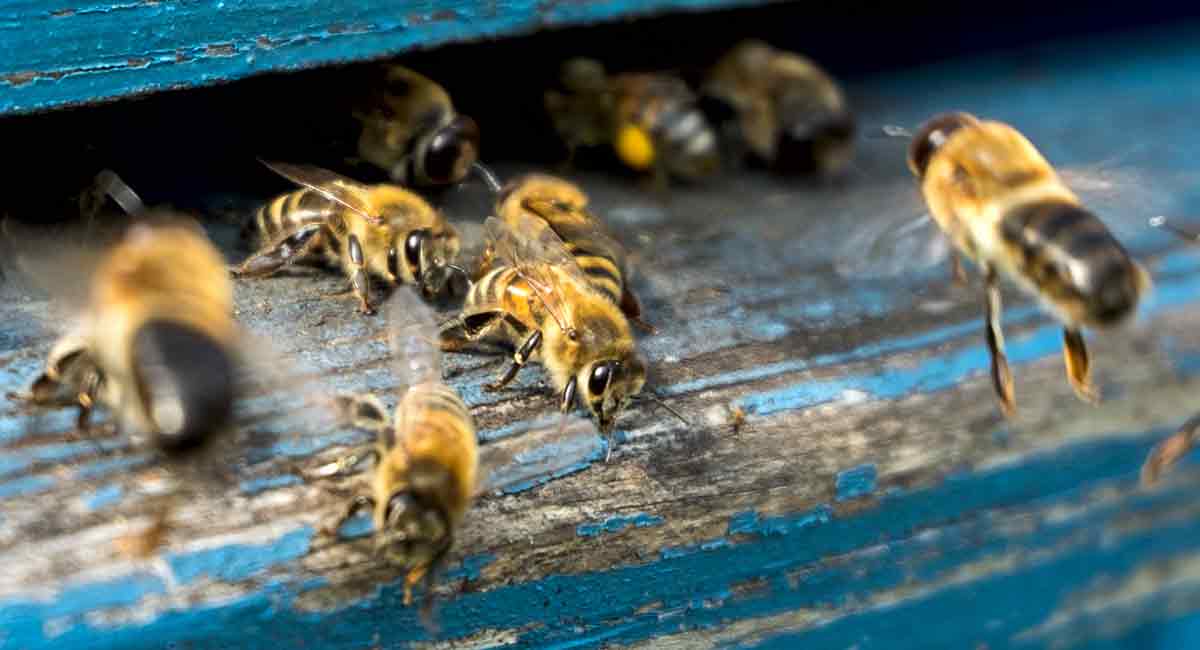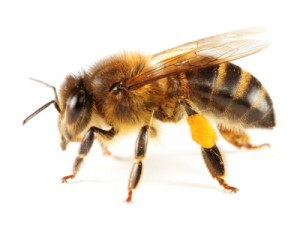All about the honey bee
Facts and information
The honey bee is a social insect that lives in colonies.
Each colony consists initially of a ‘queen’ and her many female ‘workers’.
Bees have been ‘farmed’ by man for generations, and encouraged to live in man-made ‘hives’, where access to honey is made simpler.
Whilst they are not ‘protected’ in law, these useful insects are generally viewed with affection by the general public and pest controller alike.
A useful insect
Not only are bees and the honey they produce well liked, but they are also important insects with a key role in pollination of crops and other plants. By mid summer, a single bee colony contains over 30,000 individuals, each visiting many flowers on a daily basis.
Bees do not usually come into conflict with humans, but when they do, prompt action is necessary in order to avoid harming them. The most common situation we have to deal with is where a swarm has moved into a householder’s chimney, or onto a shrub or tree in a garden.
The biology of the honey bee
Bees form a social colony in a single nest site, often a hollow tree, a man-made hive, or sometimes a cavity in a building. Unlike a wasp colony, a bee colony can endure for many years, surviving over the winters on the store of honey built up each summer.
Each ‘nest’ consists of wax combs suspended from the ceiling. Each wax comb consists of many tiny interlocking, hexagonal cells, and in each cell a tiny bee larva is reared. A single queen lays the eggs, up to a million of them, and the female workers take care of the young.
Each bee larva pupates and inside the pupa transforms into a new female worker bee. The whole process from newly laid egg to worker takes just a few weeks. New queens are produced from eggs laid in special queen cells. The workers feed these selected larvae with special food called Royal Jelly.
When new queens are produced the old queen either dies or leaves home with half the workers, setting up a new colony in a new location.
Harvesting honey
A colony of bees only needs about 20-30lbs of honey to survive the UK winter but many hives are capable of producing far more honey than this. It is this surplus that is harvested by the bee-keeper.
If you are concerned about a bee swarm, you can call us now on.
01428 714031


